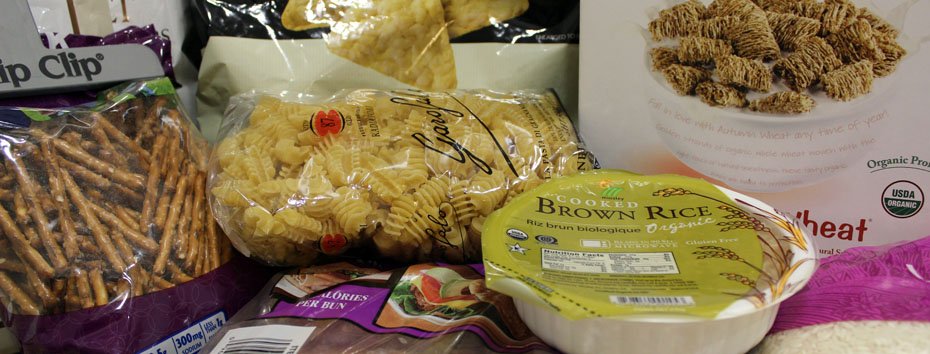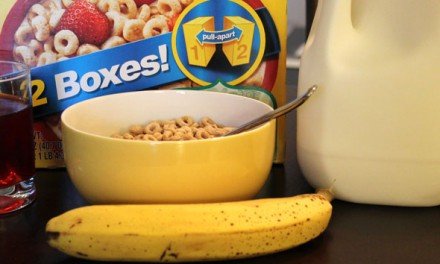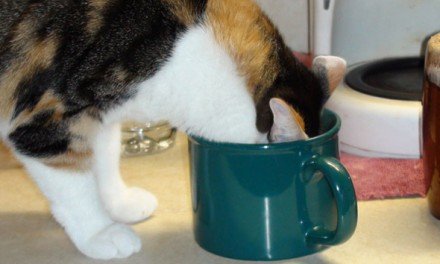I love carbs. I always have, and probably always will. It’s hard not too, right? They’re cheap, they’re everywhere, and they taste good. And your body actually needs them to produce physical and mental energy. So why do so many people consider “carbs” to be a bad word, or something that should be avoided at all costs?
Carbs have gotten a bad rap from various sources, but a big one would probably be the Atkins diet. Because the Atkins diet is a low-carb diet designed for weight loss, people assume that all carbs are bad all the time. But that’s not true — you can think of them as the fuel your body burns to give you energy. Your body needs carbs, but it can only handle so much at a time.
Why Carbs Have Gotten A Bad Name
As mentioned above, this is mainly because of the numerous low-carb diets on the market. At the height of its popularity in 2004, one out of every eleven women in America were on the Atkins diet. That boggles my mind a little bit.
Carbohydrates give your body energy. If you eat too many carbs, your body stores them as fat. So a low-carb diet sounds great, and it is a way that many people have lost weight. This is because our bodies are very adaptive — if your carb intake becomes too low, our bodies start using up stored fat to create energy instead. As the fat is used up, our weight goes down, and carbs are blamed as the reason we hadn’t lost weight sooner.
But here’s a thought — let’s say you’ve lost the weight that you wanted to. Now you need to start eating carbs again to make sure your body has what it needs to function in a proper and healthy manner. It’s at this point that many people re-gain some weight, and again blame the carbs and swear off them for good (although we know how long that lasts).
It’s also important that your level of exercise matches your level of carb intake. That’s a topic for another post, but it’s relevant to know that there are different kinds of carbs.
All Carbs Are Not Created Equal
You may have heard of complex and simple carbohydrates, or good carbs and bad carbs. There is some truth to the notion of good and bad carbs, at least when it comes to regular consumption. But it’s important to understand why they are called good or bad, so that you know when it makes sense to eat them.
“Bad” carbs are what we refer to as simple carbohydrates. Simple carbs give you a quick boost of energy that doesn’t last very long. The cells in your body only take what they need when it comes to glucose (what carbs are broken down into). So since simple carbs are easily digested, this can create a quick burst of glucose that your body can’t use all at once. So it stores the leftovers as fat.
Examples of simple carbohydrates would be things like processed flour and sugar. So that means white bread, cake, white rice, donuts, etc. are all simple carbs (you can call them ‘bad’ if you prefer). There are times when it is okay to eat some simple carbohydrates, however: right after donating blood, or right after an intense workout. But generally it’s best to avoid simple carbs.
“Good” carbs are what we call complex carbohydrates. Complex carbs take longer to digest, so they aren’t converted into glucose as quickly. This allows for more sustained energy, because the glucose is being introduced into your system at a slower rate, which your body can handle. It’s a more continuous supply of energy to your cells, without as much waste (translation: fewer leftovers to store as fat, since most of it got burned up).
Examples of complex carbohydrates would be things like whole grains (brown rice, oats, wheat…), certain fruits (oranges, grapefruits, pears…), certain vegetables (broccoli, carrots, sweet potatoes…), and most beans.
Here’s an analogy to help you remember the difference between simple and complex carbs: Imagine that you have various plants growing in your backyard. You can either put in a sprinkler system that sprays lots of water on everything once a day. Or you can install a drip system that slowly drips water onto each plant throughout the day. The sprinkler system represents the simple carbs: it’s a quick boost of energy that only lasts for a little while and that’s it. The drip system represents the complex carbs: it’s slow, sustained energy that lasts throughout the day.
The Strategy For Eating Carbs
The first part of the strategy for a healthy diet is what you eat. Knowing the different types of carbs allows you to make more informed decisions about which carbs you should eat. That means avoiding simple carbohydrates.
A second (and often overlooked) part of your diet strategy is when you eat what. Let’s start by assuming that you want energy to get you through the day. Knowing that complex carbs give us more sustained energy, you should start with a healthy breakfast with some whole grains. You can eat some more complex carbs at lunch to get you through the second half of the day as well. (This is especially important if you are active throughout the day, because you will be burning more calories.) You should probably avoid carbs at dinner though, since it’s hard to sleep when you have lots of energy.
So rather than cutting out all carbs, here’s a few simple changes that you can make:
- Remove simple carbs from your diet whenever possible.
- Make complex carbs a regular part of your morning / afternoon.
- Avoid carbs at dinner. That means you should choose the chicken salad instead of the pasta dinner. (This will help you sleep better)
- Skip dessert. (I know, I know… but sugar is a simple carb, remember?)
As a general rule, only eat carbs that you think you can/will burn off that same day. If it’s early in the day and you have lots of walking to do, you’re probably good. If it’s late in the day and you want to sleep soon, skip it. Remember, carbs are for burning!






Hey Jeff,
This was insightful. I like they way that you’re kind of phrasing this. You’re not saying “Death to Carbs” at all. You’re just saying “This is how it works.” Use that info as you will in accordance with your lifestyle. I think that’s the proper tone. But, that’s just me. Nice work!